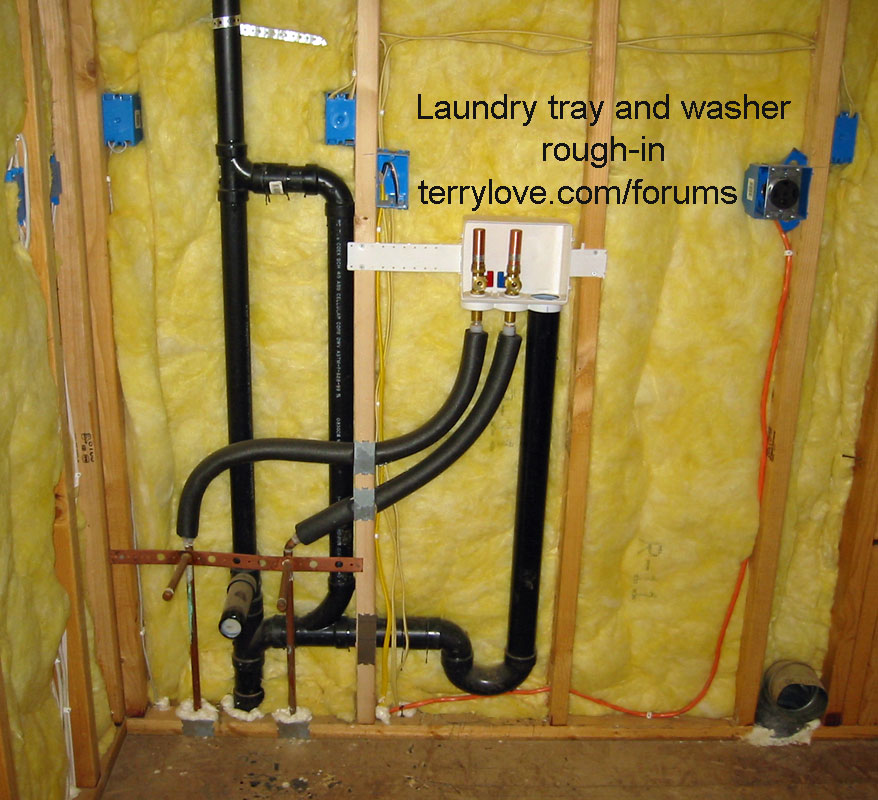SeattleSoxFan
In the Trades
A friend of mine recently had a home inspector complain about some DIY plumbing done behind her washer. Being moderately handy with piping/plumbing (though certainly not my specialty), I offered to help out.
The original issues were:
1. reverse grading of drain pipe
2. short stand pipe for washer drain (about 8")
3. very poorly done joints (mostly done with silicone!)
So I fixed these issues and things work fine... almost... ok, not at all.
Now every time they run their washer water drains properly through what I have set up (fixed grade, normal height stack, properly connected joints), but the water ends up backing up through the floor drain and flooding a section of the basement. The drain will drain all the water fairly quickly once the machine is done. I know virtually nothing about the existing connections in the floor, and it's all "downstream" (obviously) from where I did my "helpful" work.
My question is, is it a simple clog that just needs to be cleaned out, or since it drains rapidly after (and it didn't do this before) could it be as a result of something I did and should do differently?
Thanks!
The original issues were:
1. reverse grading of drain pipe
2. short stand pipe for washer drain (about 8")
3. very poorly done joints (mostly done with silicone!)
So I fixed these issues and things work fine... almost... ok, not at all.
Now every time they run their washer water drains properly through what I have set up (fixed grade, normal height stack, properly connected joints), but the water ends up backing up through the floor drain and flooding a section of the basement. The drain will drain all the water fairly quickly once the machine is done. I know virtually nothing about the existing connections in the floor, and it's all "downstream" (obviously) from where I did my "helpful" work.
My question is, is it a simple clog that just needs to be cleaned out, or since it drains rapidly after (and it didn't do this before) could it be as a result of something I did and should do differently?
Thanks!



